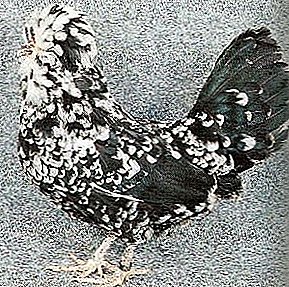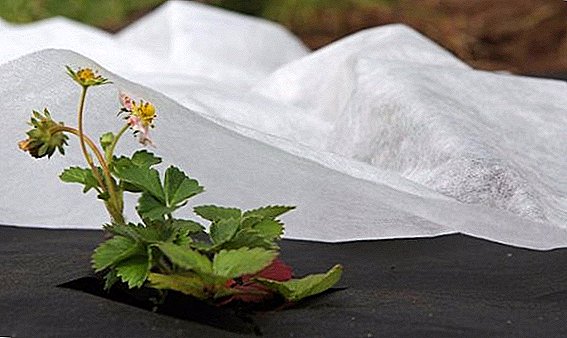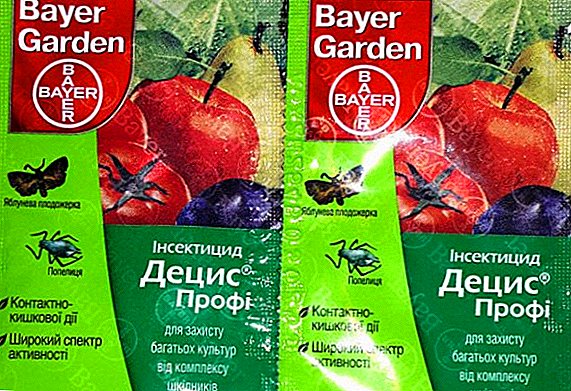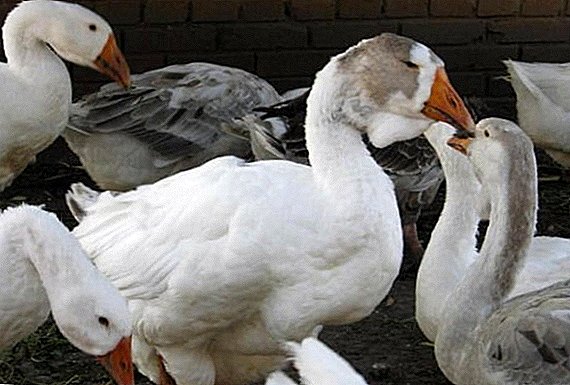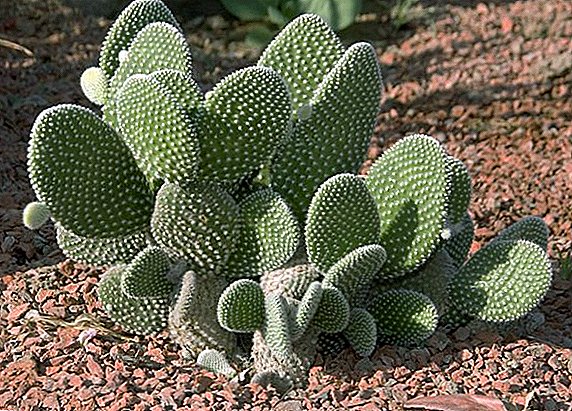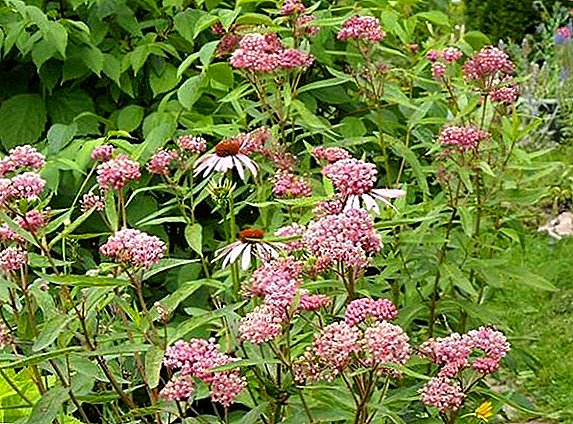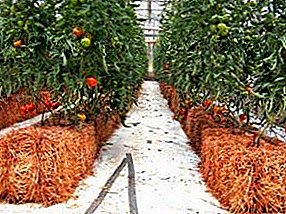
The organization on the site of a warm bed is one of effective ways approximate the time of planting seedlings of vegetables in the greenhouse.
At the onset of the first warm days, the air warms up pretty quickly, but the rays of the still weak spring sun are not enough to warm the soil. The device of warm beds in the greenhouse will help speed up this process.
Why do we need warm beds in a greenhouse?
The principle of operation of the warm beds is quite simple. With a lack of solar energy in the spring, soil heating is very slow. Sufficient temperature for planting plants is reached no earlier than the end of April and the beginning of May.
If the soil was heated up artificially, it is possible to create favorable conditions for planting in March.
The roots of the plants at the same time immediately fall into comfortable conditions, quickly take root and begin to develop. Part of the heat in this enters the air and also contributes to its heating.
Creating warm beds in various ways
When asked how to make a warm bed in a greenhouse, the answer is simple. There are several options for heating the soil in the greenhouse:
- Electric.
- Water.
- Biological.
The advantage of this option is the ability to fine-tune heating intensityand also control of the reached temperature of the soil.
To create an electrical cable is used, placed in a layer of geotextile, laid at a depth of 40 cm. The cable is laid in rows at a distance of 15 cm between them.
This heating is in the design of the thermostat, allowing you to automatically adjust the temperature. The relay is configured in such a way that the cable heats up to 25-30 degrees and then turns off.
AT hot period heating can be disabled, and use it again in the fall, to continue the period of fruiting plants.
It is based on PVC pipeshot water is flowing through. This system also plays the role of heating in winter, and the greenhouse can be used all year round.
 To ensure the circulation of fluid in the system, a pump is mounted, and a water heater (gas or electric) is used for heating.
To ensure the circulation of fluid in the system, a pump is mounted, and a water heater (gas or electric) is used for heating.
Warm beds in this case are created using biofuelslaid under the fertile soil layer. Experienced gardeners recommend preparing biofuel for the greenhouse with their own hands.
Pledged biological material during processing actively releases heat and warms due to this plant roots.
As filler is used manure and various plant residues, sawdust, wood trimming. Horse dung gives the highest temperature, it is able to keep the temperature around 70 degrees for a month and a half.
In addition to horse fit cow dung. But experienced gardeners are not advised to use pork and sheep manure as biofuel.
IMPORTANT. Do not use fresh manure as a filler, it can burn the roots of plants.
Preparing a filler for a warm bed
Beds with the use of biological materials are the most environmentally friendly and at the same time economical. To warm the soil in such a bed does not need the cost of their device and maintenance.
In addition to the thermal effect, this option enriches the soil with nutrients and carbon dioxide. Plants are in warm soil, get enough nutrition. At the same time they become resistant to diseases.
The ideal bedding filler is a layer of rotted manure. Various plant residues, foliage, cut branches are mixed with it. 
If there is no manure, the freshly cut grass mixed with food waste and potato peeling can serve as a filler.
You can fill a garden bed with straw bales that are watered with a solution of chicken manure or Baikal dressing.
Last year's tops mixed with fresh humus can also be laid in the garden from autumn.
Compost Bed
The traditional compost heap created on the surface has a large number of disadvantages. It is laid in autumn with a rather high layer and freezes through the winter. In the icy layers, the process of decay does not go on, which means that decomposition does not occur and the summer resident does not receive ready-made compost by spring.
Moreover, such a high layer will thaw out in the spring later than the use of compost will be necessary to use. Another disadvantage of such a heap is its maintenance in the summer.
Unpleasant look and smell, periodically watered mud, gives a lot of discomfort. Flies fly over the heap, magnets begin to crawl along the edge, such a phenomenon brings a lot of inconvenience not only to you, but to your neighbors in the area.
An expedient way to prepare this biofuel is to create a compost trench-bed. It is dug to a depth of 40 centimeters, the top layer is deposited, and the pit is filled with plant residues. By the fall, falling foliage is laid in the same trench.
To start the fermentation process, vegetable compost filler is spilled in slurry or herb extract. The surface of the trench can be covered with roofing paper or a piece of linoleum. They are best placed on the pole for air access.
 For the winter, the compost trench is filled with a layer of sawdust and covered with a layer of snow to avoid strong freezing.
For the winter, the compost trench is filled with a layer of sawdust and covered with a layer of snow to avoid strong freezing.
In the spring, the trench becomes a source of efficient biofuel for laying in a warm bed.
Compost from foliage
Falling foliage is an excellent material for creating compost - biofuel. To obtain compost in a greenhouse, you can use two options for generating heat:
- Compost heap of foliage for heating greenhouses.. The foliage is laid on the surface of the soil, a certain amount of ready-made compost is added to it to start the decomposition process.
Top pile covered with straw or sacks. This is necessary so that the foliage does not dry, but rot. The process of composting occurs within two years. Pile periodically watered.
- Compost pit. For its production in the ground rumbles a two-meter-wide pit and a depth of 30-40 centimeters. The bottom is covered with film or roofing material.
The fallen leaves are laid in layers, each of which is spilled with a solution of saltpeter and sprinkled with a small amount of sod soil. The next layer is spilled with slurry.
Then follows a layer spilled by caustic soda. Next, lay a layer of foliage, sprinkled with wood ash. On top of this sandwich covered with straw, and then turf, laid grass down.
After a month, the pit must be loosened to access oxygen and mix all layers.
A photo
The photo shows: device warm beds in the greenhouse, heating the greenhouse with manure






The rules of the formation of the warm beds
Process making warm beds in the greenhouse begin at the onset of the first warm days. It is made in the form of a trench in which layers of various fillers are laid.
The main condition for the normal operation of the warm beds - her sufficient volume. The width of the bed is about 90 centimeters, in depth - 40 cm, the length depends on the size of your greenhouse.
Like any garden bed in a greenhouse, it is necessary to make a warm one using wood, metal or any other frame.
This will get required heightas well as prevent soil eruption and leaching in the process of growing vegetables.
When laying layers of warm beds you need to comply with some conditions:
- The bottom layer should contain the largest fractions for slow rotting and longer heating;
- When using a layer of turf it is laid down grass;
- Each laid layer must be spilled with liquid, there should be no dry layers in it;
- It is impossible to lay plant bedding damaged by any disease. Only healthy plants are used.
The bottom of the excavated trench is laid drainage. The material of the drainage layer depends on the quality of the soil in your area.
On peat soils the bottom of the trench before laying branches should be covered with a thick cloth, and pour a layer of sawdust or chopped bark on it. 
This technique will prevent excessive water seepage when watering. On the loam opposite you need to ensure outflow of excess moisturetherefore, the bottom is covered with large branches that remain when pruning shrubs.
The next layer is biofuel: manure mixed with plant residues or any of the fillers available. To accelerate decomposition layer spills biological product.
The biofuel layer is well compacted and covered with fertile soil. A mixture of peat, humus, soil and sand is prepared for nutrition. Also added superphosphate, wood ash, urea, potassium sulfate.
IMPORTANT. Experienced gardeners advise the fertile soil not to be laid immediately. In 2-3 days, the biofuel laying field.
A layer of fertile soil should be at least 30 centimeters. All layers are spilled with hot water and covered with a black film to heat up. A week later, the bed is ready for planting seedlings.
IMPORTANT. If you are an adherent of organic fertilizers, you can not add chemical elements.
Properly made warm bed in the greenhouse accelerates planting dates, and therefore increases the yield. Greenhouses with such beds do not need to be heated, there is no need to add additional fertilizers. The process of caring for plants is simplified. We hope you now know exactly how to heat the greenhouse with your own hands in the spring, as well as what is best to do.



